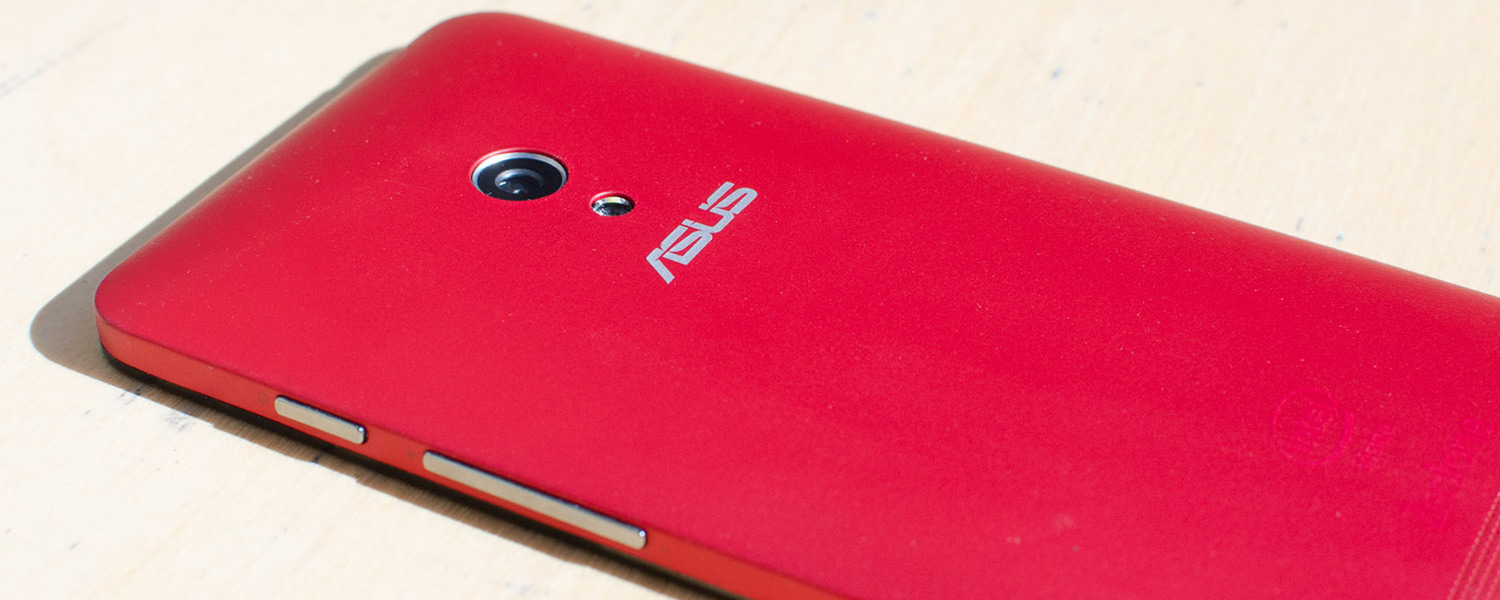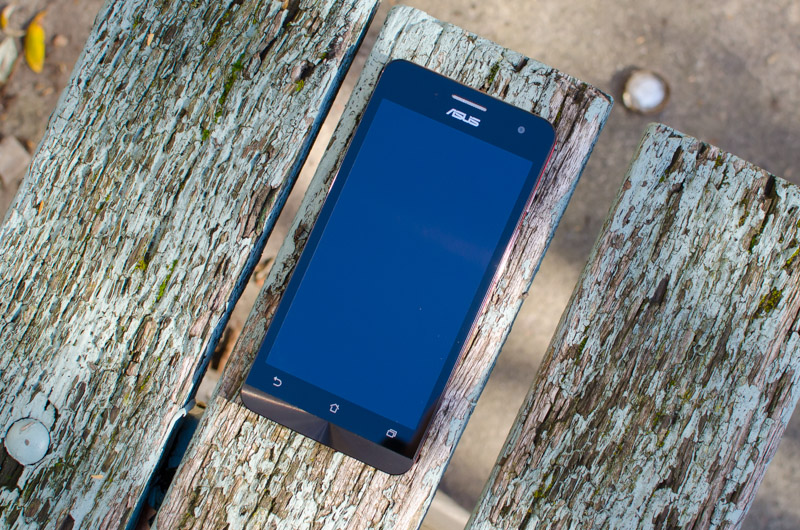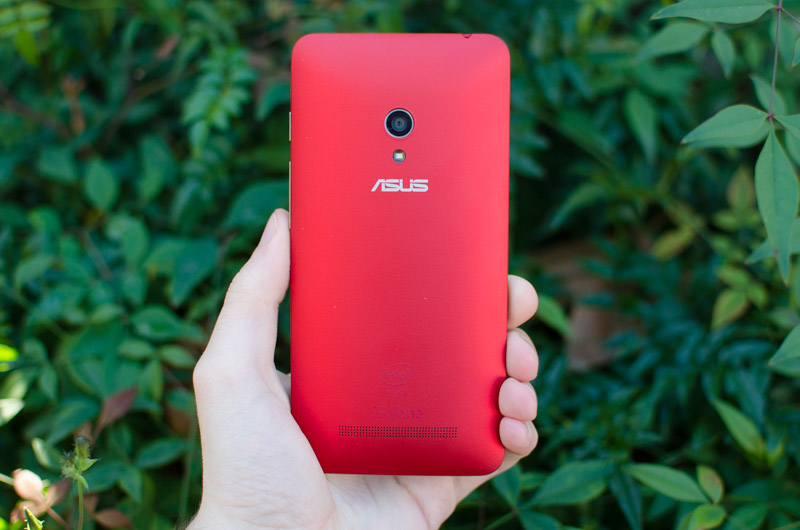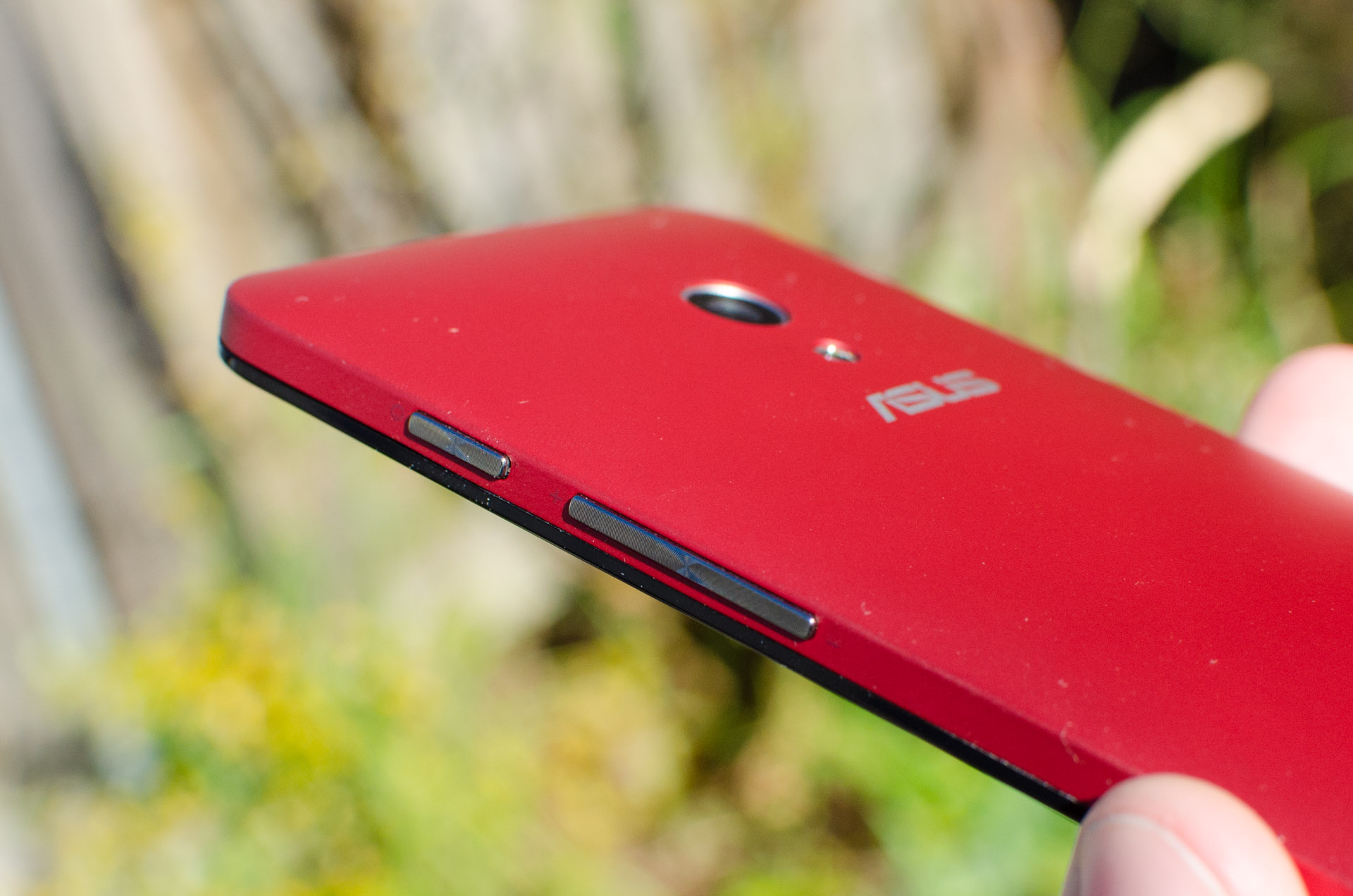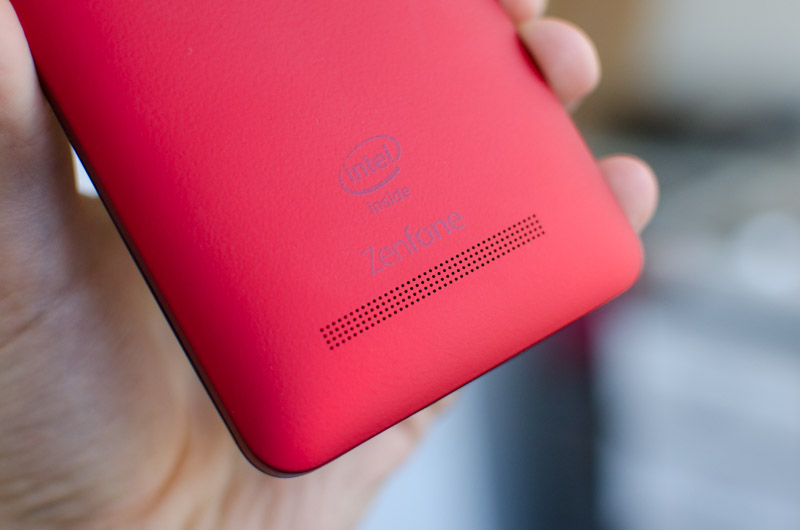When you're in the market for a low cost smartphone, you can typically find a few options from the big names. There's the Motorola Moto E, Nokia Lumia 520, Samsung Galaxy Ace, HTC Desire 310, and a number of other smartphones all for under $200 off contract.
Asus Zenfone 5 - $170 unlocked
- 5.0", 1280 x 720 IPS LCD display (293 ppi)
- Intel Atom Z2560 SoC
- 1.6 GHz dual-core CPU, PowerVR SGX544MP2 GPU, 2GB RAM
- 8/16 GB internal storage, microSD card slot
- 8 MP camera, 1/4" sensor, f/2.0 lens, 1080p video
- 2,110 mAh, 8.02 Wh battery
- HSPA+, Wi-Fi b/g/n, Bluetooth 4.0
- Android 4.3 'Jelly Bean'
- 145 grams, 10.3mm thick
Some of these devices are great choices, others are extremely mediocre, but there's always one thing in common: they're all cut from the same stone. At this price point, it's hard to find a smartphone that differs from the standard low-cost mould that includes weak specifications, a small display, and a bland design. Enter the Asus Zenfone 5.
Asus is no stranger to making Android devices, having produced numerous tablets since the launch of Android 3.0. However, they're a relative newcomer in the phone market, having only recently released a line of standalone handsets. Targeting the entry-level market in Asian nations, the new Zenfone 5 offers something a little different for just $170.
The Zenfone 5 packs a 5.0-inch 720p display, an 8-megapixel camera, customized software, and a rarely-used Intel Atom dual-core SoC. A polished hardware offering and a form factor more closely in line with high-end devices could make this a fantastic choice for a small price.
The Asus Zenfone 5 used in this review was provided by Expansys. Check them out for unlocked, off-contract devices at great prices, with fast shipping around the globe.
If you're in Australia, click here to go to Expansys' dedicated local site to purchase the Zenfone 5.
Design
There's a lot to like about the design of the Asus Zenfone 5, and at the same time there are some odd decisions that hold the handset back.
The phone itself is attractive, especially the shiny red model I received to review. The back cover folds around the sides to give the Zenfone a unibody-style look, and on the front you get a fairly standard smartphone slab covered with glass. There's a strip towards the bottom that's not glass, instead featuring a rippled plastic look and feel.
I'm not so keen on this section as it detracts from what could have been a simple two-toned design, but the overall Zenfone style is leagues ahead of the rubbished often dished up by other manufacturers at this price point.
At 10.6mm thick at its thickest point, there's no doubting that the Zenfone 5 is a chubby device. The ergonomic curves actually make the handset comfortable to hold, helping to hide some of the thickness, but visually there's no mistaking the center bulge. Had this device been a higher-end product, no doubt Asus would have made an effort to slim it down.
One thing I found particularly interesting about the Zenfone 5 is that the back cover is removable, but there's no removable battery found beneath. Under the thick plastic shell you'll find two micro-SIM card slots and a microSD card slot, and that's it: the battery is fully sealed. I have no problem with non-removable batteries, though I wonder why Asus didn't choose to use ports in the body rather than having an entirely removable back cover.
The cover itself is made from a tough matte plastic that has a nice feel to it. I'm glad Asus hasn't fallen into the trap of using cheap glossy plastic for their entry-level devices, instead using materials that could easily be found on premium handsets.
The right edge of the Zenfone 5 is where you'll find the physical hardware buttons for powering on the display and adjusting the volume. The positioning is just right for a device of this size, and both buttons provide a satisfying clicky feel when you press them. The bottom edge contains the micro-USB 2.0 charging port, and the 3.5mm audio jack is along the top edge.
On the rear of the device, towards the bottom, Asus has placed the main speaker behind a grill. The particular speaker used is one of the weakest I've heard, barely producing enough volume to hear a ringtone in a busy room. Having the device rest on a table display-up will naturally amplify the sound, but you'll be disappointed when you're holding the Zenfone in your hand.
Oddly, the in-call speaker can be very loud, almost to the point where its maximum volume is ear-damagingly excessive. Maybe Asus got their speakers mixed up.
The Zenfone 5 has mediocre display coverage of just 64%, similar to that of Sony's Xperia Z1. This can be attributed to its tall profile with somewhat large 4mm bezels to either side of the panel. For an entry-level device I can't complain as it doesn't hinder the device's portability or usability to a significant extent, but if the design were to be perfect, I'd prefer it to be slightly smaller.
One area I can complain about is the capacitive touch buttons that sit below the display. I have no issue with the positioning or arrangement of the typical Android navigation buttons, and it frees up the display for only displaying content. However, the lack of a backlight in these buttons can make the handset difficult to use in dark environments, especially if you aren't very familiar with the layout of the device.
Above the display, in a sizable bezel area, is the front-facing camera, Asus branding, and the ever-useful notification LED. It appears this LED can only display green and red, but that's good enough for me.
Display
The Asus Zenfone 5 packs a 5.0-inch display as its name would suggest, making it the mid-sized product in the Zenfone line-up alongside the Zenfone 4 and Zenfone 6. The display itself is an IPS LCD panel with a resolution of 1280 x 720 - fast becoming the standard for low-cost devices - delivering a pixel density of 293 PPI.
This type of display would have been seen on a flagship smartphone under two years ago, which goes to show how quickly manufacturers can optimize their production methods to make older parts more affordable.
293 PPI is nothing to scoff at, as it's just a whisper away from the ideal 300 PPI barrier that Apple based their Retina technology around. While the display certainly isn't as sharp as a 1080p or even 1440p panel on a flagship of 2014, it's a challenge to distinguish individual pixels and generally images and text look great.
Many other aspects of this IPS LCD are similar to the panel found in the MeMO Pad 7: color quality is good without being outstanding, contrast is decent, viewing angles are acceptable, and overall accuracy is quite good despite this being an entry-level device. White balance is better than the MeMO Pad 7, falling closer to the ideal 6500K mark as opposed to having a slight yellow tint.
The maximum brightness level produced by the display's backlight is more than adequate for reading the display in the sun or other strongly backlit conditions. The glass used to protect the display also appears to be thin and well fused to the panel, reducing reflections and improving outdoor visibility. Auto-brightness is also quick and effective.
Again like the MeMO Pad 7 I reviewed earlier, an application on the Zenfone 5 allows you to control some aspects of the display. Launching Splendid from the app drawer allows you to adjust the display's white point, hue and saturation, meaning you can set the panel to display images just how you like. If that means you want a more Samsung-like oversaturation appearance, boost the saturation using the slider or enable Asus' Vivid Mode preset.
Increasing the saturation can make images look artificially more vibrant, but it can have the adverse effect of reducing perceivable detail in slightly contrasting areas of images. I personally prefer leaving Vivid Mode disabled so I can enjoy more accurate images, though if you want to go for saturation, Asus gives you the ability to do so.
Hidden away in the Asus Customized Settings area of the main settings menu is Glove Mode, which boosts the touchscreen sensitivity and allows you to use the display with gloves on. The feature is effective, and a great inclusion on an entry-level device, even if I've previously seen it on similar devices.
